Not just the halving: Why analysts are bullish on Bitcoin in 2024
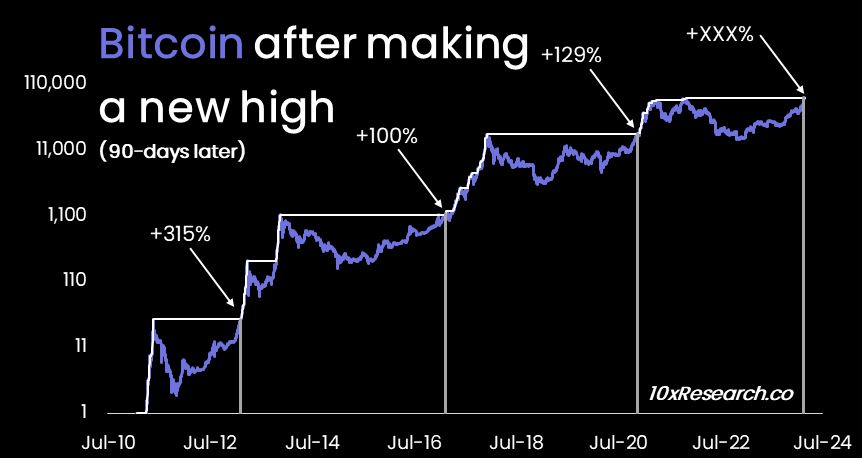
The massive overall demand for Bitcoin along with macroeconomic factors will play a far bigger role in driving the price of Bitcoin this year.

The Bitcoin (BTC) halving in April will only be one small part of why the cryptocurrency could see phenomenal gains this year, according to multiple industry analysts.
Next month, the Bitcoin halving will reduce daily BTC production by about 450 BTC from the current average daily amount of 900 BTC, investment researcher Lyn Alden told Cointelegraph.
However, Alden said the amount of supply cut pales compared to daily fiat flows in and out of crypto exchanges and Bitcoin exchange-traded funds (ETFs).
“In fact, inflows or outflows can easily exceed 10x of that value,” Alden said, adding that overall demand for Bitcoin is a “bigger factor than tightening supply.”
Historically, demand for Bitcoin has been more correlated with measures of global liquidity, such as the global broad money supply, Alden stressed, referring to a chart reflecting the BTC price versus global monetary supply (M2).
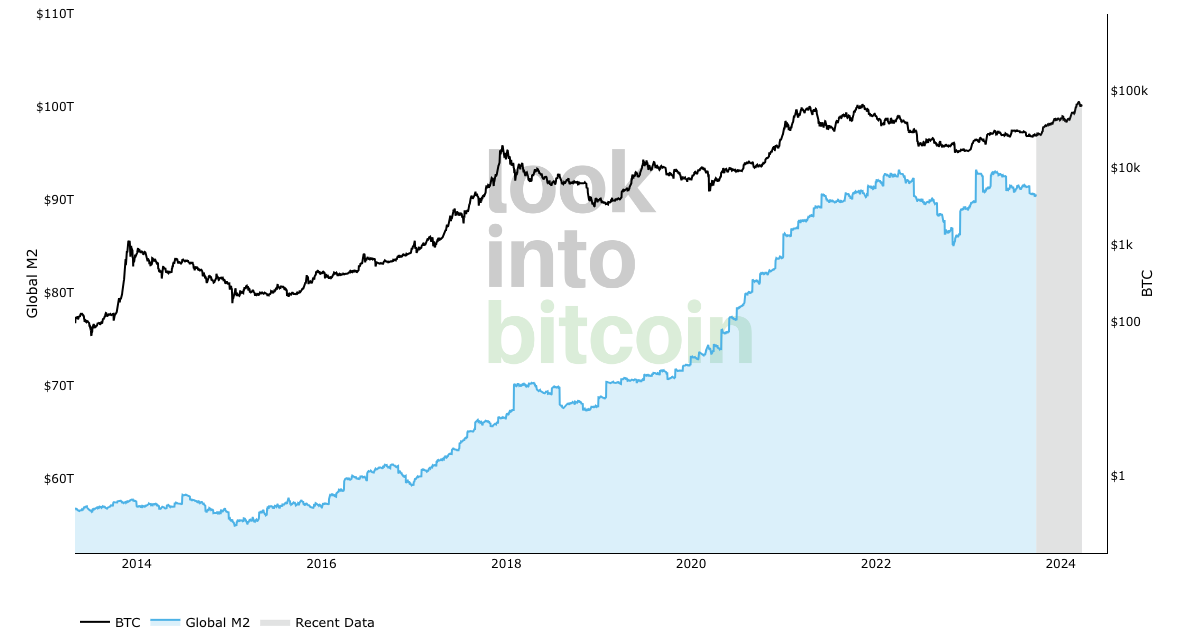
“So I think the halving is important, but it’s only one factor out of many that determines the occurrence and timing of a bull market. Various measures of global liquidity, HODL waves, and other catalysts combine to serve a larger role,” Alden said, adding:
“I am bullish for the next two years due to a combination of the halving, expectations for improved global liquidity, and the fact that so many coins have rotated to strong hands in the bear market, and so a relatively minor increase in demand can move the price quite a bit.”
10x Research CEO and head analyst Markus Thielen says the current rally is “undoubtedly on par” with the 2020 and 2021 bull market, which initially peaked in April 2021.
Referring to tools like quantitative analysis, Thielen has been bullish on the price of Bitcoin after the cryptocurrency crossed its multi-year highs on March 13, 2024.
Based on historical price changes and Bitcoin’s recent new highs, 10x Research projected that Bitcoin would reach $77,000 by early April and $99,000 by May 2024.
“When Bitcoin made a new high at $68,300, we saw a wave of intraday selling, but every attempt to push down prices has been met with relentless buying,” Thielen wrote in an email to Cointelegraph on March 14.
The analyst noted that each time Bitcoin made new price breakouts in February 2013, February 2017, and November 2020, the price could grow s much as 189% after 180 days. Eventually, Bitcoin would top after nine to 11 months following the breakouts historically, Thielen noted.

Thielen forecasted that between December and February 2025 — or in nine to 11 months following the March 13 breakout — Bitcoin could move to an eye-watering $146,000.
“Although corrections and retracements could occur at any time, traders could use the breakout level — $68,300 — as their new line in the sand, where we can argue that above this level, Bitcoin could be materially higher over the next few weeks and months,” the analyst said, adding:
“Despite the possibility that Bitcoin could climb to 146,000 this summer, we keep our 125,000 price target for now as we expect this bull market to continue until 2025.”
The current Bitcoin rally is the first time Bitcoin has posted a parabolic rise and hit a new all-time high before the block reward halving, eToro crypto analyst Simon Peters emphasized.
According to Peters, the main reason for such a breakout is the launch of spot Bitcoin exchange-traded funds (ETF) in the United States on Jan. 11, 2024.
“Demand for Bitcoin is fast outstripping the new supply, and this is something we’ve never really had in previous cycles,” Peters stressed. Before the introduction of ETFs, the demand was previously driven mainly by retail, while the ongoing cycle is going to be “more institutional,” he added.
According to Peters, Bitcoin miners are the only natural sellers, as they have been actively dumping BTC since August 2023.
“This suggests to me that miners have already been selling into the current rally in preparation for the upcoming block reward halving,” the analyst said, adding that all selling is “well bid” because of the high demand from spot ETFs,” said Peters, adding:
“If we do see a slowdown in spot ETF inflows, this could be an indication of the market topping out and running out of steam, but it’s important to note that whilst the ETFs have been a major contributor to the rally so far, they are not the only participants in the space. Other entities such as MicroStrategy and Bitcoin whales continue to accumulate too.”
Meanwhile, Exness financial market strategist Li Xing sees macroeconomic developments driving the Bitcoin price this year.
Apart from the spot Bitcoin ETF launch, other economic developments, like expectations of a softer monetary policy and lower interest rates in the U.S. and elsewhere, could boost Bitcoin’s appeal as an alternative store of value, the analyst said.
Related: Bitcoin to enter pre-halving ’danger zone,’ but crypto CEOs remain bullish
“Moreover, geopolitical risks and uncertainties surrounding the U.S. elections could continue to buoy demand, marking the beginning of a sustained bull run in the future,” Li added.
Programmed to occur once per 210,000 blocks or roughly every four years, Bitcoin halvings are designed to maintain Bitcoin’s deficit and counteract inflation.
Since its launch in 2009, Bitcoin has come through three halving events in 2012, 2016 and 2020, cutting its miner incentive from the initial 50 BTC to the current 6.5 BTC. The soon-to-come Bitcoin halving in 2024 will further decrease the mining reward from 6.5 BTC to 3.125 BTC.
Historically, Bitcoin halvings have been associated with post-halving rallies. For example, Bitcoin skyrocketed about 3,000% in 17 months after halving in 2016, reaching a historic milestone of $20,000 in December 2017.

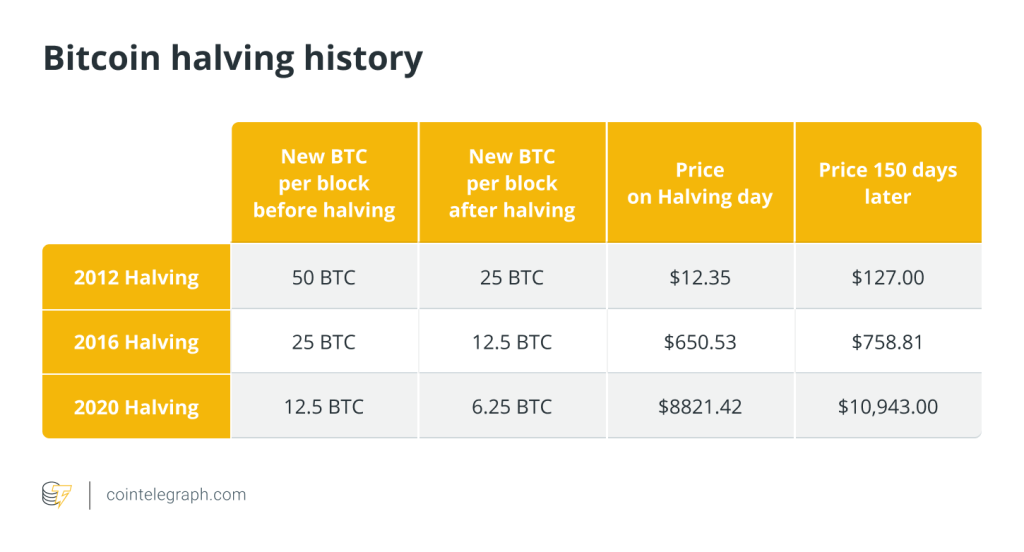
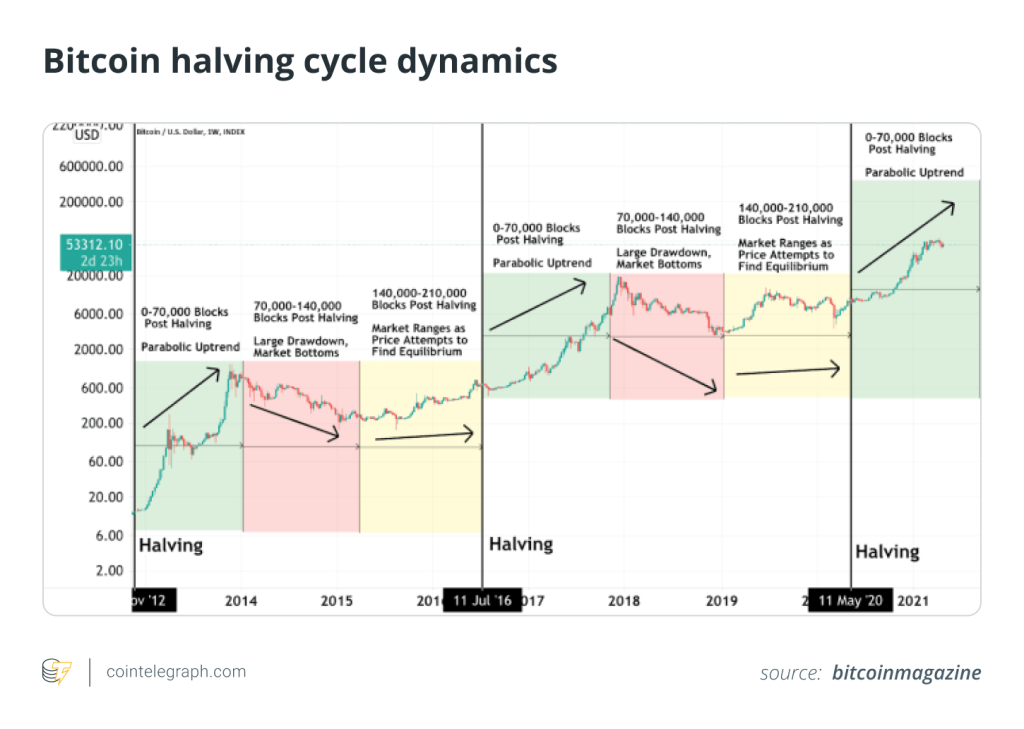
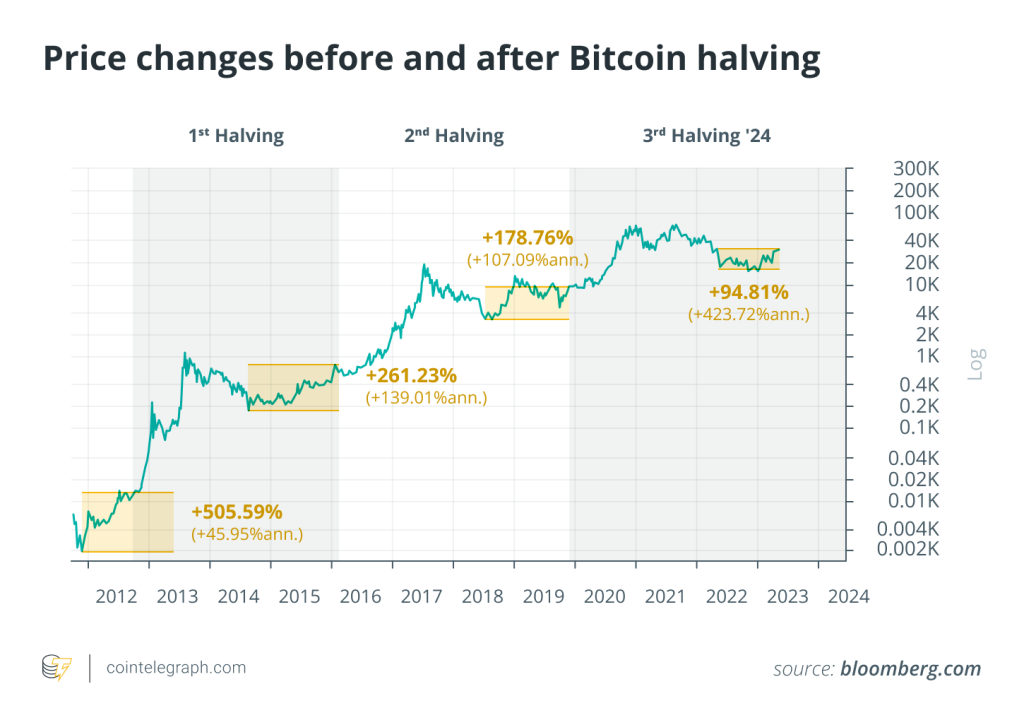
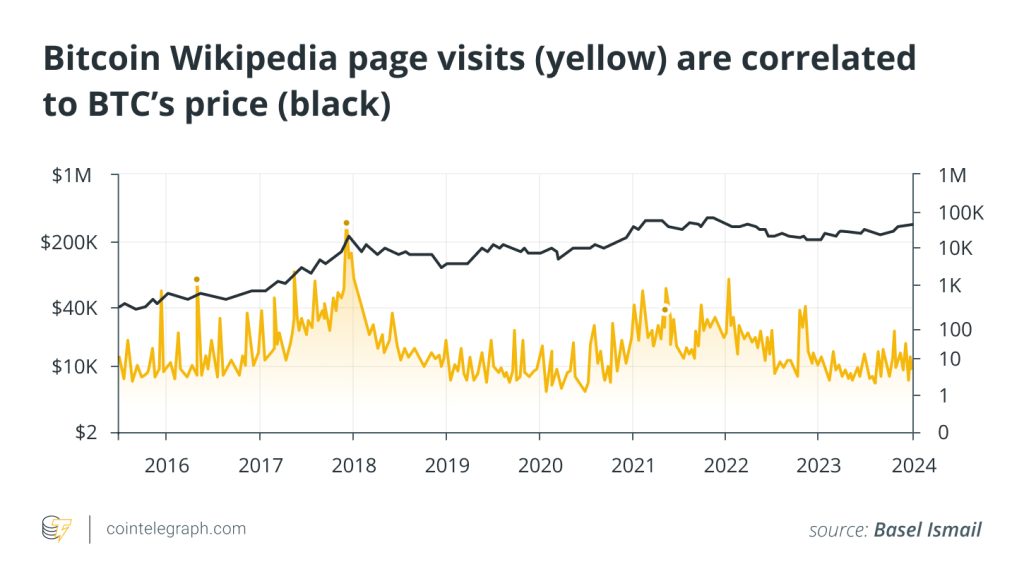

Responses